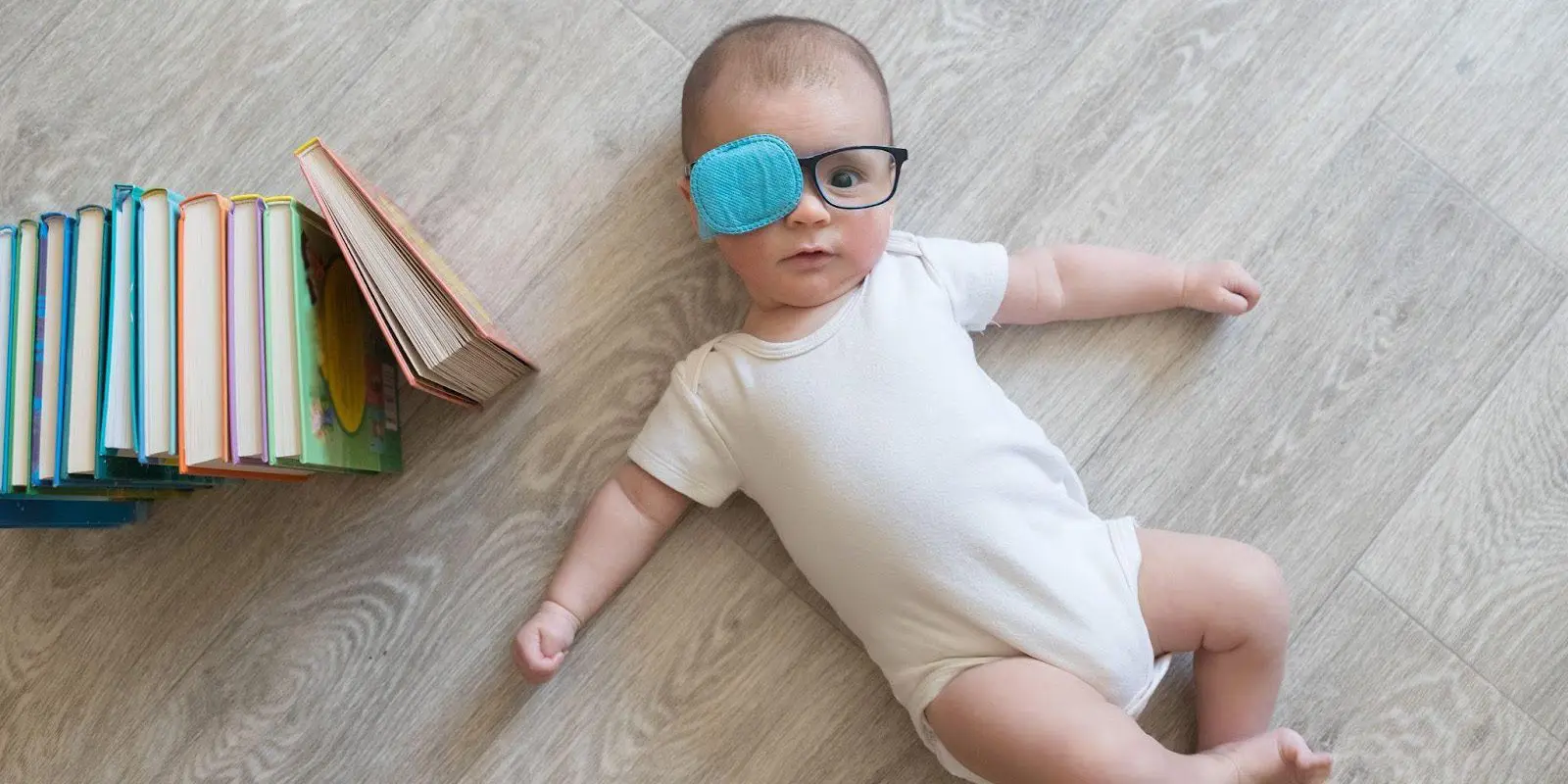
Amblyopia, usually called lazy eye, occurs when one eye has stronger, more acute vision than the other. The weaker of the two eyes tends to wander inward or outward. The condition usually develops between birth and age seven. It is the most common cause of vision problems among children.
Symptoms of lazy eye include:
The condition is treatable. It’s best to seek diagnosis and treatment early to prevent long-term problems. In most cases, the weaker eye can be strengthened using relatively non-invasive therapies.
Chiropractic care is one of the most effective treatments for correcting lazy eyes. Because the condition is linked to the optic nerve, improving the overall health and function of the nervous system improves vision and problems with eye weakness.

Abnormal visual experiences in childhood cause lazy eye. This changes the nerve pathways in the retina and the brain. The weaker of the two eyes receives fewer visual signals, and in time, the eyes stop working together. The brain then ignores messages from the weaker eye.
Anything that causes blurring of a child’s vision and/or causes the eyes to cross can develop into lazy eyes. The most common causes of this include:
Muscle imbalance (strabismus amblyopia) is the most common cause of lazy eye. The condition causes an imbalance of the muscles around the eyes, which can cause the eyes to cross or turn outward so they can’t work together.
A significant variation of sharpness in vision (refractive amblyopia), which is caused by farsightedness, nearsightedness, or astigmatism, can cause the lazy eye to develop.
A problem in one eye, including a cataract, can prohibit optimal vision, resulting in a lazy eye. This condition in infancy requires immediate medical attention to avoid permanent blindness.
There are several non-surgical treatments for lazy eye. They include:
According to a recent study, acupuncture, sometimes performed in conjunction with chiropractic treatment, is potentially useful for correcting anisometropic amblyopia in children.

In addition to acupuncture, there are also ways that chiropractic treatments improve overall eyesight and visual health.
For example, treatments can:
Chiropractors ensure a patient’s central nervous system is working at optimum levels and can coordinate how the body works together. The spine is an important part of the central nervous system. When there’s misalignment, it can disrupt nerve communication in the body. The optic nerve is directly connected to the central nervous system, so any misalignments will affect nerve function and could lead to vision problems.
Spinal misalignments can interrupt proper blood flow. The optic nerve needs adequate blood flow and oxygen for optimal eyesight. If blood flow is restricted, it can cause:
Chiropractic adjustments improve spinal health by removing misalignments. This ensures enough oxygen and blood get to the optic nerve to correct vision issues.
Some vision problems are caused by too much pressure on the optic nerve. Left untreated, this pressure can cause permanent damage and vision problems. High blood pressure is also a key component to increased pressure on the optic nerve. Chiropractic care also improves overall health, which affects visual health.

© Accident Care Chiropractic | Hablamos Español
Located in: North Portland, NE Portland, SE Portland, Gresham, Clackamas, Oregon City, Hillsboro, Bethany, Beaverton, Tigard, Forest Grove, Woodburn,
McMinnville, Keizer, Salem, South Salem, Bend, Springfield, Vancouver, Hazel Dell, East Vancouver, Pasco, Kennewick, Lakewood.
We Specialize in Car Accident Treatment & Recovery
Home | About Us | Testimonials | Blog | Sitemap | Privacy Policy | Services | Locations | Contact Us